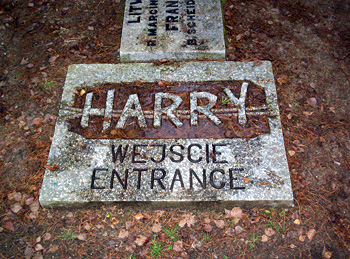INDIAN ARMED FORCES CHIEFS ON OUR RELENTLESS AND FOCUSED PUBLISHING EFFORTS

The insightful articles, inspiring narrations and analytical perspectives presented by the Editorial Team, establish an alluring connect with the reader. My compliments and best wishes to SP Guide Publications.

"Over the past 60 years, the growth of SP Guide Publications has mirrored the rising stature of Indian Navy. Its well-researched and informative magazines on Defence and Aerospace sector have served to shape an educated opinion of our military personnel, policy makers and the public alike. I wish SP's Publication team continued success, fair winds and following seas in all future endeavour!"

Since, its inception in 1964, SP Guide Publications has consistently demonstrated commitment to high-quality journalism in the aerospace and defence sectors, earning a well-deserved reputation as Asia's largest media house in this domain. I wish SP Guide Publications continued success in its pursuit of excellence.
- Indian Air Force Aims for Full Indigenous Inventory by 2047 — Air Chief Marshal A.P. Singh
- General Upendra Dwivedi takes over as the Chief of the Army Staff
- Rajnath Singh assumes charge as Defence Minister for the second consecutive term
- Admiral Dinesh K. Tripathi assumes Command of the Indian Navy as 26th Chief of the Naval Staff
- Prime Minister witnesses 'Bharat Shakti' – a Tri-Services Firing and Manoeuvre Exercise in Pokhran, Rajasthan
Escape from Stalag Luft III

Stalag Luft III (Stammlager Luft, or POW Camp for Airmen #3) was a Luftwaffe-run prisoner-of-war camp during World War II that housed captured air force servicemen. It was in the German Province of Lower Silesia near the town of Sagan,160 km southeast of Berlin. The site was selected because it would be difficult to escape by tunneling.
The camp is best known for two famous prisoner escapes that took place there by tunneling, which were depicted in the films The Great Escape and The Wooden Horse.
In the spring of 1943, Squadron Leader Roger Bushell RAF conceived a plan for a major escape from the camp, which occurred the night of March 24-25, 1944.
The simultaneous digging of these tunnels would become an advantage if any one of them was discovered by the Germans, because the guards would scarcely imagine that another two could be well underway. The most radical aspect of the plan was not merely the scale of the construction, but the sheer number of men that Bushell intended to pass through these tunnels.
Previous attempts had involved the escape of anything up to a dozen or twenty men, but Bushell was proposing to get in excess of 200 out, all of whom would be wearing civilian clothes and possessing a complete range of forged papers and escape equipment. It was an unprecedented undertaking and would require unparalleled organisation. As the mastermind of the Great Escape, Roger Bushell inherited the codename of “Big X”. The tunnel “Tom” began in a darkened corner of a hall in one of the buildings. “Dick”’s entrance was carefully hidden in a drain sump in one of the washrooms. The entrance to “Harry” was hidden under a stove. More than 600 prisoners were involved in their construction.





